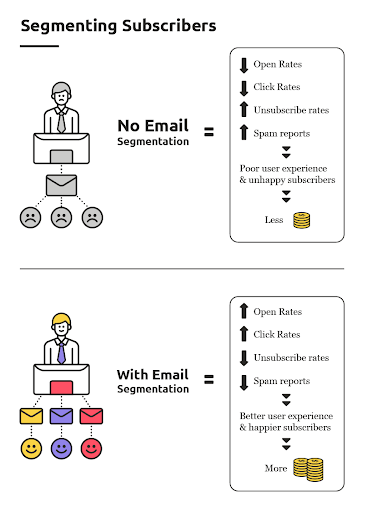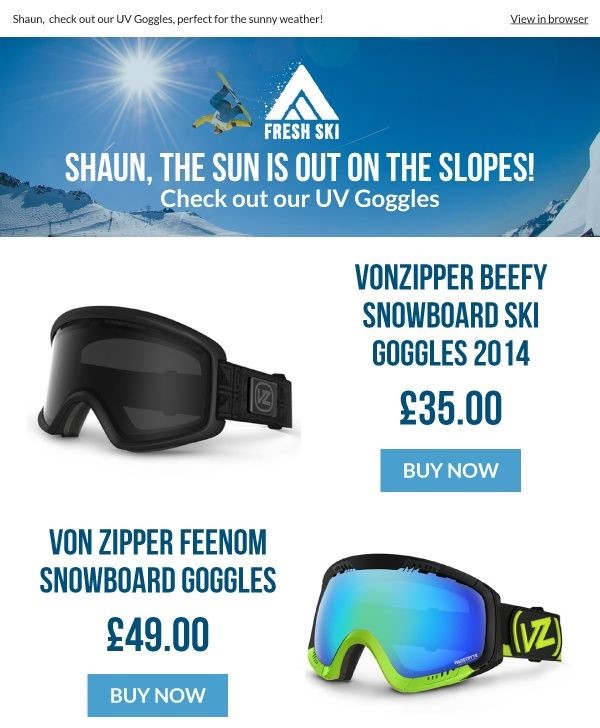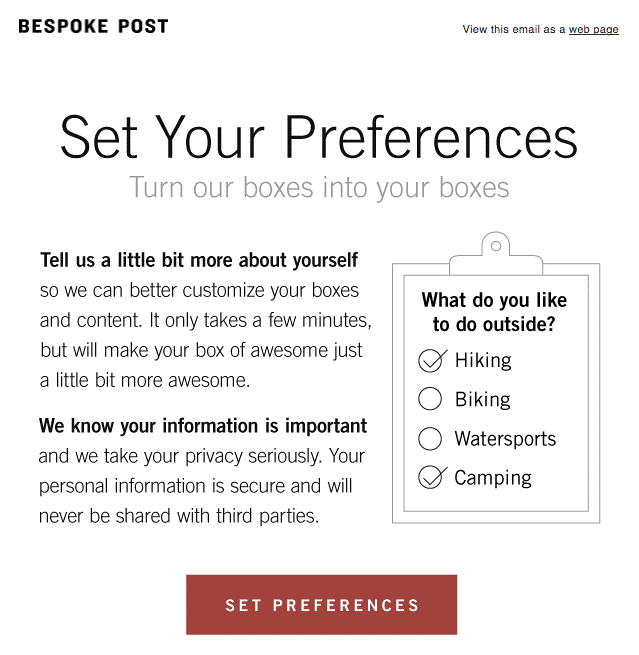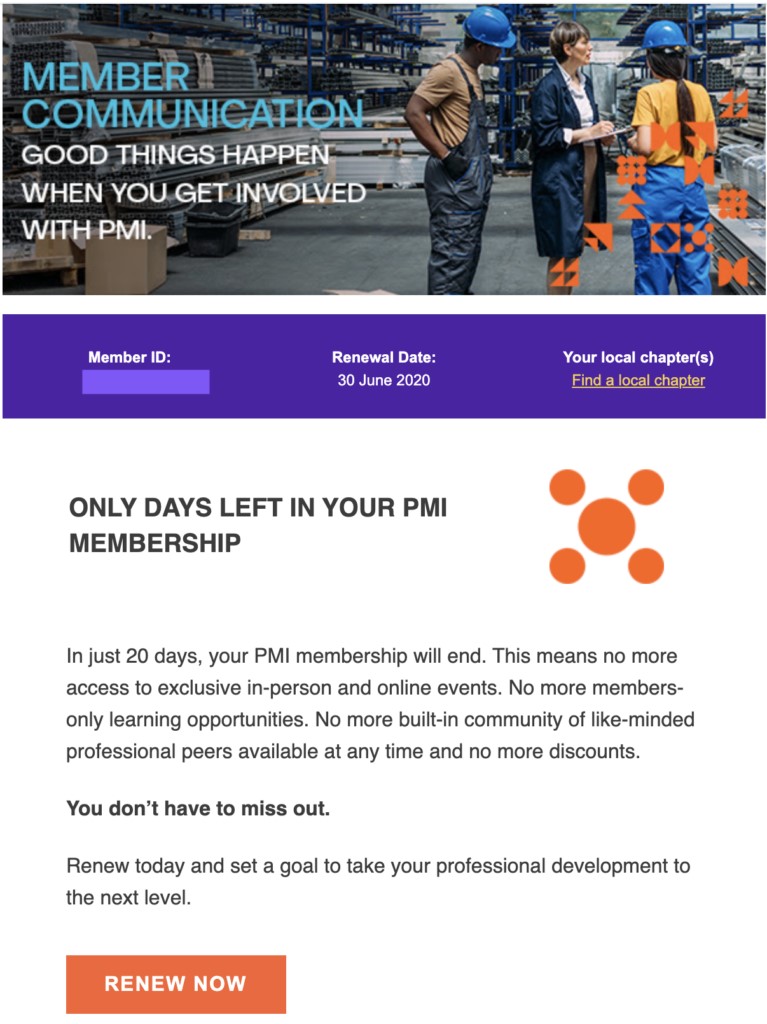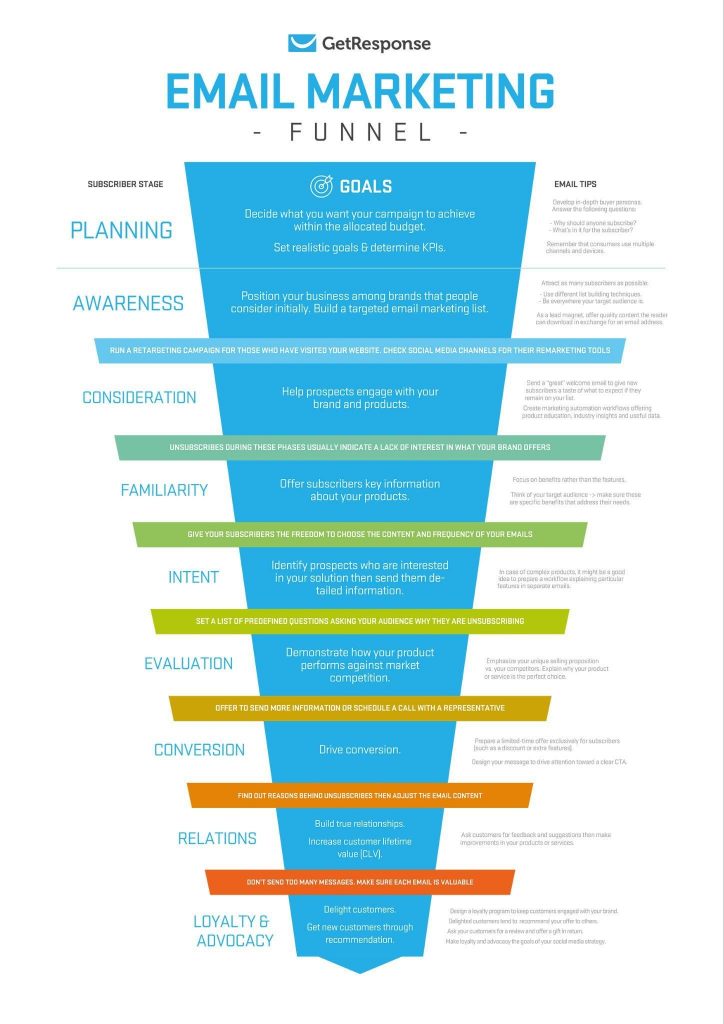- Products
- ProspectSQL/MQL list building with high levels of personalization, real-time data enrichment and prospect search
- Email FinderFind individual or bulk emails by entering the person & company name or domain
- Email VerifierVerify emails addresses individually, in bulk or through API, with 99% accuracy
- Clearout For SheetsVerify email addresses directly on Google Sheets with Clearout for sheets add-on
- ClearoutPhoneValidate phone numbers across 240+ countries in bulk, quick or real time validation Free Tools
- Disposable Email Checker
- Reverse LinkedIn Profile Lookup Tool
- Reverse Email Lookup Tool
- Email List Cleaner
- Resource
- Pricing
- Integrations
- Enterprise
- Login
Ways to Use Email Segmentation for Targeted Marketing & Better Conversion
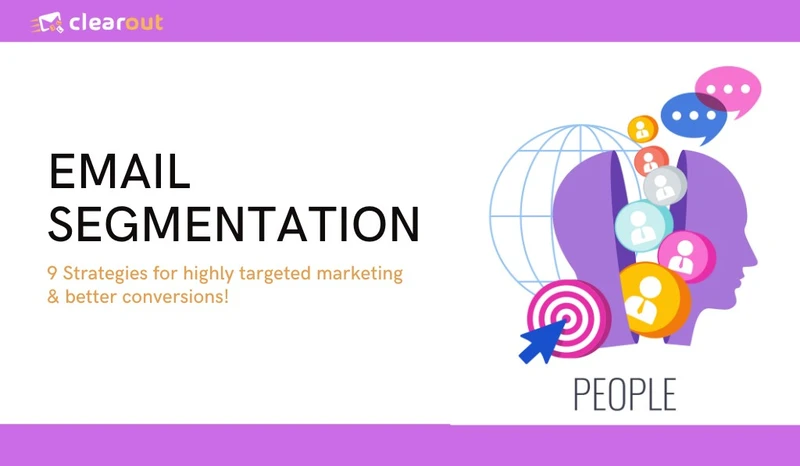
Many businesses still believe their email subscribers should receive the same content. It's one long list with little effort.

And when businesses do not take email segmentation seriously, almost half of those who subscribe to their email lists end up trashing the emails. This, in turn, hinders their campaign performance and tarnishes their brand reputation.
If you really want better email campaign results, you must adopt strong email segmentation strategies. And this is exactly what we are going to help you with.
Here’s all you should know about email segmentation and how to use it for targeted email marketing & greater conversion. Let’s quickly dive in.
Here’s all you should know about email segmentation and how to use it for targeted email marketing & greater conversion. Let’s quickly dive in.
Email Segmentation- The Base Of Your Email Marketing Strategy
Email List Segmentation is an essential pillar of a successful email marketing strategy.
“Email list segmentation” comes from the more general term "market segmentation.” The latter refers to the process of dividing a target audience into logical sub-groups based on defined criteria.

The same concept is used in email marketing, where your starting point is your email list rather than your entire audience. So, if you ask-
What is Email Segmentation?
Simply put, Email Segmentation is splitting your list into groups to improve engagement and conversions.
It is the process of dividing customers/ clients' lists into smaller sections based on shared characteristics. Segmentation is typically used as a personalization tactic to deliver more relevant emails to the right group of people.
Marketers use what they know about their subscribers to target different segments based on their independent interests with tailored email campaigns rather than sending out one mass message to all.
It also helps marketers establish a non-robotic and humane communication style with personalized value.
The Importance Of Email Segmentation
The need for list segmentation stems from your audience not being a homogeneous group. Instead, it is made up of various types of customers, each with their own set of motivations.
If all you have to offer them is something generic, they won't get anything worth the value of their information. To get the most out of your campaigns, a one-size-fits-all approach won't work.
This is why email segmentation is critical for all marketers and equally vital whether you’re in B2B or B2C.
Significant Benefits of Using Email Segmentation
When you target different groups with email content that is relevant to them and their needs, it has a slew of advantages for your email campaigns. Here are the major ones:
“74% of marketers said that customer engagement increases through
targeted personalization." Campaign Monitor
targeted personalization." Campaign Monitor
1.Improved Deliverability: With proper segmentation & personalization, you get better engagement. This increases your sender's reputation and email deliverability.
“Segmented campaigns get 14.37% more opens and 64.78% more clicks
than non-segmented campaigns.” – Mailchimp
than non-segmented campaigns.” – Mailchimp
2. Better Response: Relevant emails result in better responses from subscribers. By tailoring your message to fit the reader's needs, you'll increase your open rate, click-throughs, and conversions.
“Through proper targeting, marketers can drive three times the revenue per
email of broadcast emails.” – ClickZ
email of broadcast emails.” – ClickZ
3. Builds Credibility: By regularly sending content that connects with your audience on a personal level, you'll increase the credibility of your brand. And this results in more devoted customers and repeat purchases.
“Segmented email campaigns caused a 760% increase in revenue.“–
CampaignMonitor
CampaignMonitor
4. Increase Your ROI: With better response, credibility, and customers, it's obvious that properly segmented and targeted email campaigns bring in better revenue.
That said, figuring out the best way to segment your email marketing lists can be a huge undertaking.
To make it a little less daunting, we have developed these 9 best email segmentation strategies that you can get started on today.
9 Email Segmentation Strategies to Increase Your Conversion Rate
1. List Segmentation Based on Demographics
The most common way to segment your email list is by using demographics such as age, gender, company position, and income level. All this data can reveal a lot about a person's needs and interests
The more information you can gather about your audience during the sign-up process, the more demographic segmentation options you'll have.
However, be cautious because requesting too much information may deter people from signing up at all. Determine which metrics are most important to your company and include them in the signup process.
For example, gender and age are helpful for a retail clothing brand. And if you are in the B2B industry, the company position is an important demographic to take note of. Add 1-3 of the most important demographic factors for your company.
2. Consider the location
This is a key segmentation strategy for stores with multiple locations or businesses with an international client base.
There are a lot of different ways to use geographic location data, making segmentation by geographic area a valuable tool. You can use it for:
3. Conduct surveys to capture psychographic characteristics
You shouldn’t be too nervous about asking your customers/ clients for basic details. After all, it is for their own better experience.
A survey, especially when utilizing well-designed survey templates, allows you to gather valuable demographic information and insights into psychographic characteristics, such as individual tastes, preferences, and beliefs. These templates can streamline the process, ensuring that your questions are structured effectively to elicit the most informative responses. You can even incentivize your surveys if they get good responses, further encouraging participation and engagement.
Or, instead of pitching it as a survey, turn it into a quiz that offers results that would interest your audience
4. Company profile
For B2B organizations, the company profile of your clients or leads is important information to have. You can group companies in your list based on shared traits that impact what they’re looking for from your brand. For example, the size of a company will influence their needs and budget.
You can also tailor emails with industry-specific content based on the sector companies work in. This way, you can highlight how your offer addresses their unique pain points.
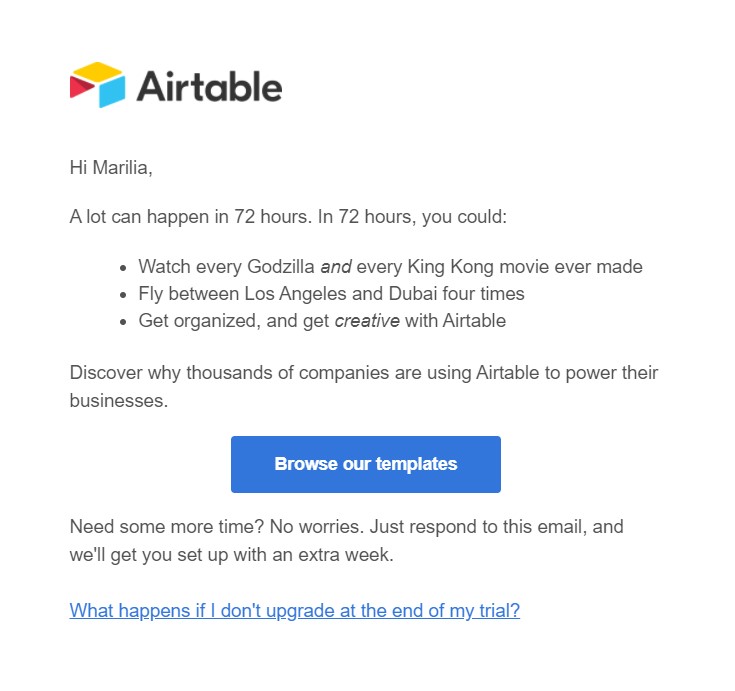
5. List Segmentation based on email engagement
How often people click and open your emails gives you an idea of their current interest in your brand. And based on the engagement you are getting on your emails, you can segment your email list more effectively.
You can target your active subscribers more precisely and capitalize on those showing the most promise. For example, you can send an email announcing an upcoming sale. And approach the ones who show the most interest with special campaigns and offers in the future.
Alternatively, you can focus on inactive users, such as someone who hasn’t opened your emails in three months. You can then develop a targeted campaign to re-engage your inactive subscribers.
6. Product interest
Not everything you sell is going to be of interest to everyone on your email list. Instead of sending blanket promotions, target smaller segments of people who are likely to be interested in similar products with appropriate offers.
You could determine interest based on:
7. Purchase history
Past purchases not only give you an idea of what a customer likes but also provide insight into their shopping habits. You can create campaigns to encourage them to continue purchasing from you by identifying patterns in this.
Examine not only what customers purchase but also how much they spend. This allows you to promote products that are within their price range. Offer discount coupons to the most price-sensitive customers who normally buy items on sale to secure sales.
If you know certain customers buy certain items regularly, you could send them reminder emails prompting them to buy again after a certain period. This works well for subscription plans and products such as cosmetics that expire at regular intervals.
8. Position in the Sales Funnel
Segmenting by where your audience is in the sales funnel is one of the most valuable ways to customize your messaging and ensure they move to the next stage.
Someone at the top of the funnel should receive different targeted emails than those at the bottom.
For newly acquired leads who are still discovering your brand, it's important to gain their trust before promoting your offer directly. You can accomplish this by providing high-value, educational content that highlights your expertise.
When the subscriber starts showing more interest, add more product-focused information, such as case studies and what they can accomplish using your product or service.
If they continue to engage, you're ready to push them towards conversion, perhaps with a demo or free trial offer.
This way, the entire email marketing process becomes easier, more targeted, and more likely to bring in conversions. However, none of this planning would be effective if your emails didn’t reach your target audience. This brings us to our next and most important step in the email marketing process.
9. Validate all your email segments before moving forward
After all the strategizing and hard work, you would not want your emails to bounce back or land in spam boxes, right?
To prevent such a mishap, you must validate your email database before sending out campaigns
When you validate all your email lists, you get rid of any invalid or unsafe email addresses that would have otherwise bounced back your emails, deteriorating your sender reputation, email deliverability, and overall campaign performance.
It’s advisable to validate and clean your email lists at least once a month to get the best results.
Are your email campaigns performing well? If not, we can fix it!
Having invalid email addresses in your database can be detrimental to your business. Sending any emails to such addresses will result in high bounces, low deliverability, open rates, and conversions.
To fix the issue of low-performing email campaigns, Clearout.io provides real-time email validation and email list cleaning services. It ensures that you capture only valid email addresses and maintain the hygiene of your email database over time.
And when you have a healthy database and a strong email marketing strategy, you get better results and conversions!
Contact our experts to learn more about email validation and marketing strategies.
Recent Posts
01 Jul 2025
Best Zoho CRM Integrations for Sales & Marketing in 2025
Discover the top Zoho CRM integrations in 2025 categorized by use case. Explore how each tool's key ...
01 Jul 2025
Sales Automation in 2025: The Guide to Close More Deals Faster
Struggling with manual sales workflows? Follow this guide to explore the sales automation use cases, ...
25 Jun 2025
Top 6 Email Finder APIs in 2025 for All Use Cases
Looking for a reliable Email Finder API? Explore the top 6 email finder APIs of 2025—compare key fea ...
17 Jun 2025
Top 10 Email Spam Checker Tools Tested & Reviewed (2025)
Check out the top 10 email spam checker tools to avoid junk folders. Compare features, ratings & use ...
06 Jun 2025
How To Create a Lead Magnet That Converts in 2025
Looking for more leads? Read how to create a high-converting lead magnet in 2025 with step-by-step g ...
Prospecting ,Email Finder & Email Verification Service
Prospecting ,Email Finder & Email Verification Service
Expand your reach by discovering and verifying the ideal prospects.
Sign up & get 100 free credits | No Credit Card required


